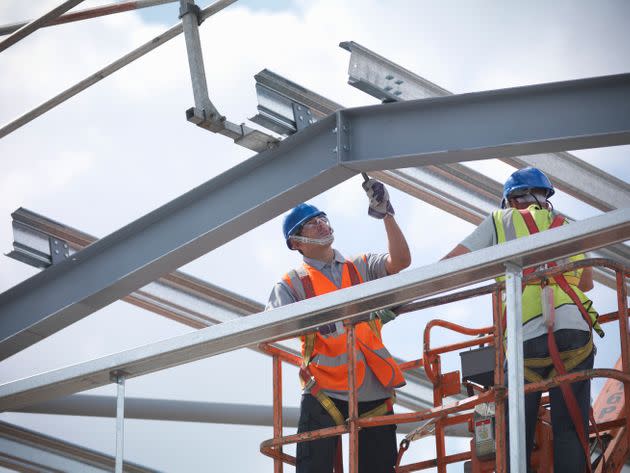Affordable Homes Or New Playgrounds – Choices Councils Could Now Have To Make

Proposed reforms to planning rules could force councils to choose between affordable housing and supporting an area’s infrastructure and community spaces.
On Thursday morning the government unveiled its Planning for the Future white paper, an 80-page document detailing radical changes to the way developers apply for planning permission.
The consultation refers repeatedly to maintaining current levels of affordable housing – or improving them – and “beautiful and sustainable new homes and places”.
But changing the way developers are made to adhere to affordable housing guidelines could see the number of affordable homes plummet, and could also hit the infrastructure and environmental sustainability of the communities faced with new developments.
New rules could mean councils have the option of reducing council tax bills for existing residents instead of investing in affordable homes, further segregating communities.
What’s changing?
The warnings stem from the proposed eradication of Section 106 agreements, which are currently used to make developers build a certain amount of social homes on a site.
The government’s own document on the reforms highlights the fact that in 2018/19 Section 106 agreements were worth a total of £7bn, of which £4.7bn was in the form of affordable housing contributions – supporting the delivery of 30,000 affordable homes.
Instead of Section 106, the government wants to encourage councils to introduce an Infrastructure Levy, which would not be negotiated in the same way as a Section 106 agreement would be. Instead, the levy would be charged by the local planning authority as a fixed proportion of the development value above a certain threshold. The level of this threshold is not set out in the consultation.
What’s the problem with that?
Paul Smith, housing chief at Bristol City Council, said: “While the document talks about a system that delivers more affordable housing, it’s not actually clear what the mechanism...


